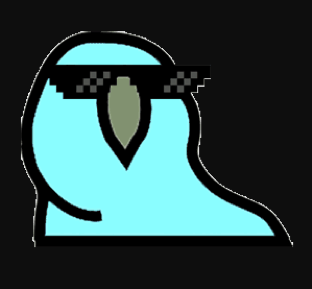Emily O’Dean Reenergized Her Passion for Mixing Software and Science
NCEAS Portraits: Data Science Fellow Edition
By Jenny Seifert

Firefighter, ecologist and software engineer are all hats worn by Emily O’Dean in the past few years – and now she can add that of data scientist. She pursued the Data Science Fellowship to gain experience in the wide range of skills it could add to her already diverse portfolio – from data wrangling and statistical analyses to building scientific software.
O’Dean has also worn many hats in the fellowship. Most exciting to her has been helping to construct a data portal for the State of Alaska’s Salmon and People (SASAP) project, which will make the massive amounts of data on salmon collected for the project – from datasets related to their ecology and biology to information on salmon governance and culture – readily available to managers and scientists.
“While SASAP is our model for creating the portal, we’re building it in such a way that it will be useable for a variety of different organizations,” said O’Dean.
What are the most valuable things you learned from the fellowship?
EO: Collaboration is key. I can bang my head against a problem for hours, and then bring one other person in and figure it out in minutes. It’s been awesome having a cohort of other fellows to learn from and collaborate with – we all came from pretty different backgrounds and with distinct sets of skills, and I think we’ve been doing a good job of knowledge sharing.
How do you hope to apply what you learned during the fellowship in your career?
EO: My time at NCEAS solidified my interested in data science. As a former software engineer, I wasn’t really sure if I wanted to go back to a full-time desk job, but working at NCEAS has made me really excited about utilizing my computer science knowledge in the context of ecological research.
Why do you think the data science work you've done through the fellowship is valuable for science, policy and/or management?
EO: All of the work we do supports the goal of data discoverability and reproducibility. We build a lot of tools to facilitate the process of data archival and assure quality in data and metadata. Our work allows scientists to discover, understand, and be able to track provenance on scientific datasets.
Metadata: Data that describes other data - for example, a file name would be metadata for the information contained within the file; the goal of metadata is to document a project’s data so that another scientist can understand and use those data.
Provenance: The historical record of the data and its origins, which allows researchers to track parent datasets throughout analyses and the creation of child datasets. This enables researchers to give proper credit for any data products.
What’s your favorite or most frequently used emoji?
EO: I’m proud to be a contributor of a variety of custom emojis for our chat service at NCEAS (Slack). I’d have to say my most commonly used emoji is the “deal with it” parrot – adds a little sass to any conversation.

Meet other data science fellows in this NCEAS Portrait series >>
